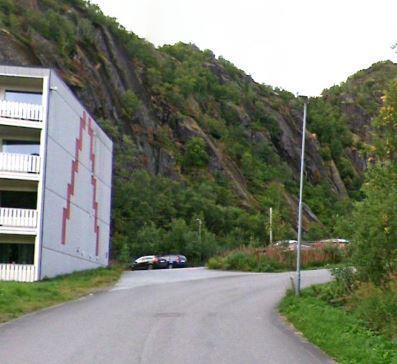Signs Apply Only in the Driving Direction
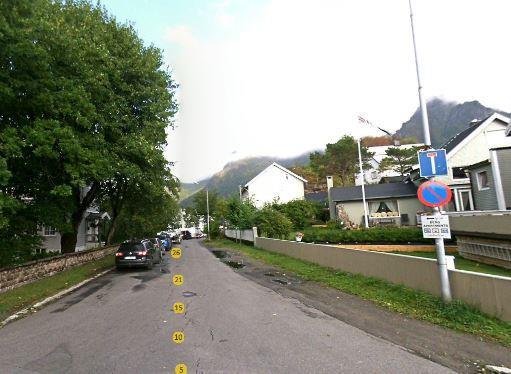
IIn Norway, it is permitted to park against the direction of traffic. However, traffic signs only apply in the direction of travel and are valid until a new traffic sign or an intersection. A sign applies to the side of the road on which it is placed.This means that if you choose to park against the driving direction, you may miss important traffic signs, such as parking restrictions, since they are intended to be seen while driving in the correct direction. As a result, you risk being fined.
Passing Place

It is prohibited to park in a passing place. The prohibition applies to the entire width and length of the road widening.
No-parking zone
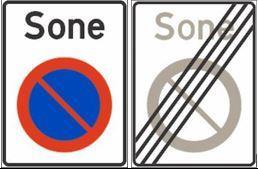
A no-parking zone is a designated area where parking is not permitted. Within such zones, there may be exceptions — marked sections where parking is allowed. In these areas, only the deviating regulation applies, not the general no-parking zone sign.
Henningsvær is one of the locations regulated by a no-parking zone. Many visitors receive fines because they do not notice or understand the signs.
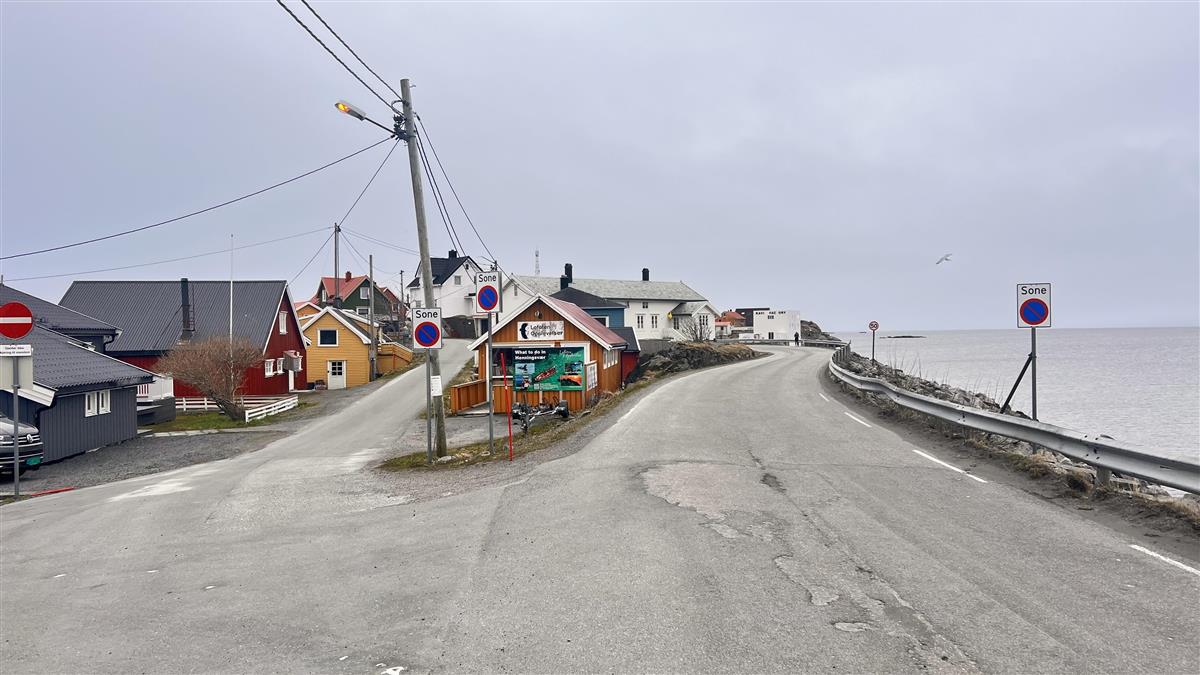
Parking allowed
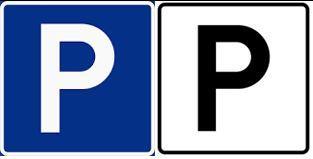
Parking is allowed in marked spaces and areas where specific regulations permit it. Access may be restricted by supplementary signs (see examples below). Blue signs apply to public roads. White signs apply to restricted or private parking areas.
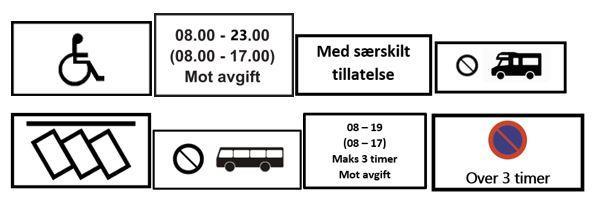
It is important to always read and follow the signs and conditions at the parking location. Violations may result in fines, and appeals are rarely successful.
No Parking
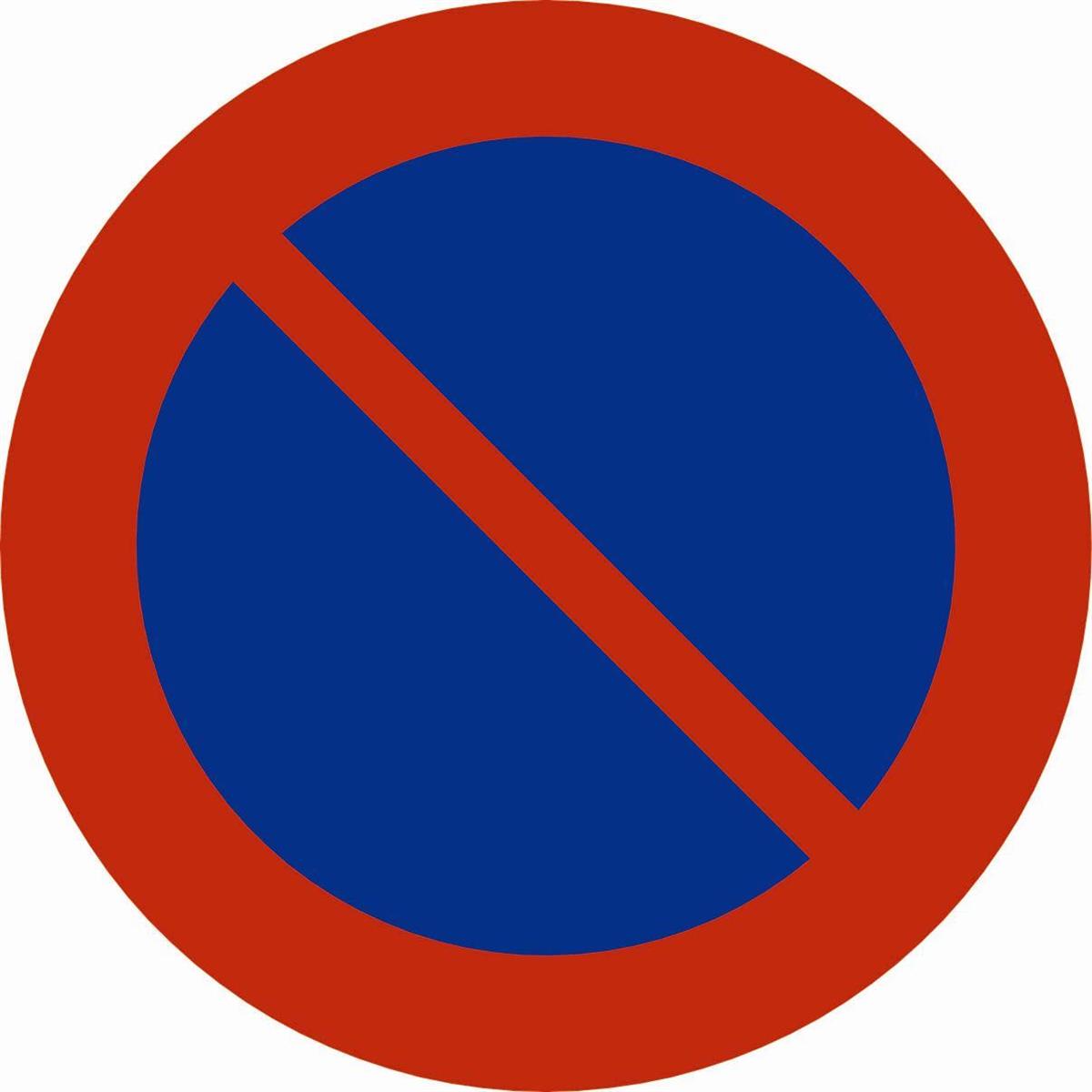
Where a no-parking sign is posted, parking is prohibited on the entire road structure — including the roadway, shoulder, and ditch.Only short stops are allowed for passenger drop-off/pick-up or loading/unloading of goods — but only if the goods are large, heavy, numerous, or unwieldy. Small items like packages or letters are not valid reasons to stop. If no activity is observed, a parking fee will be issued after 10 minutes.
No stopping
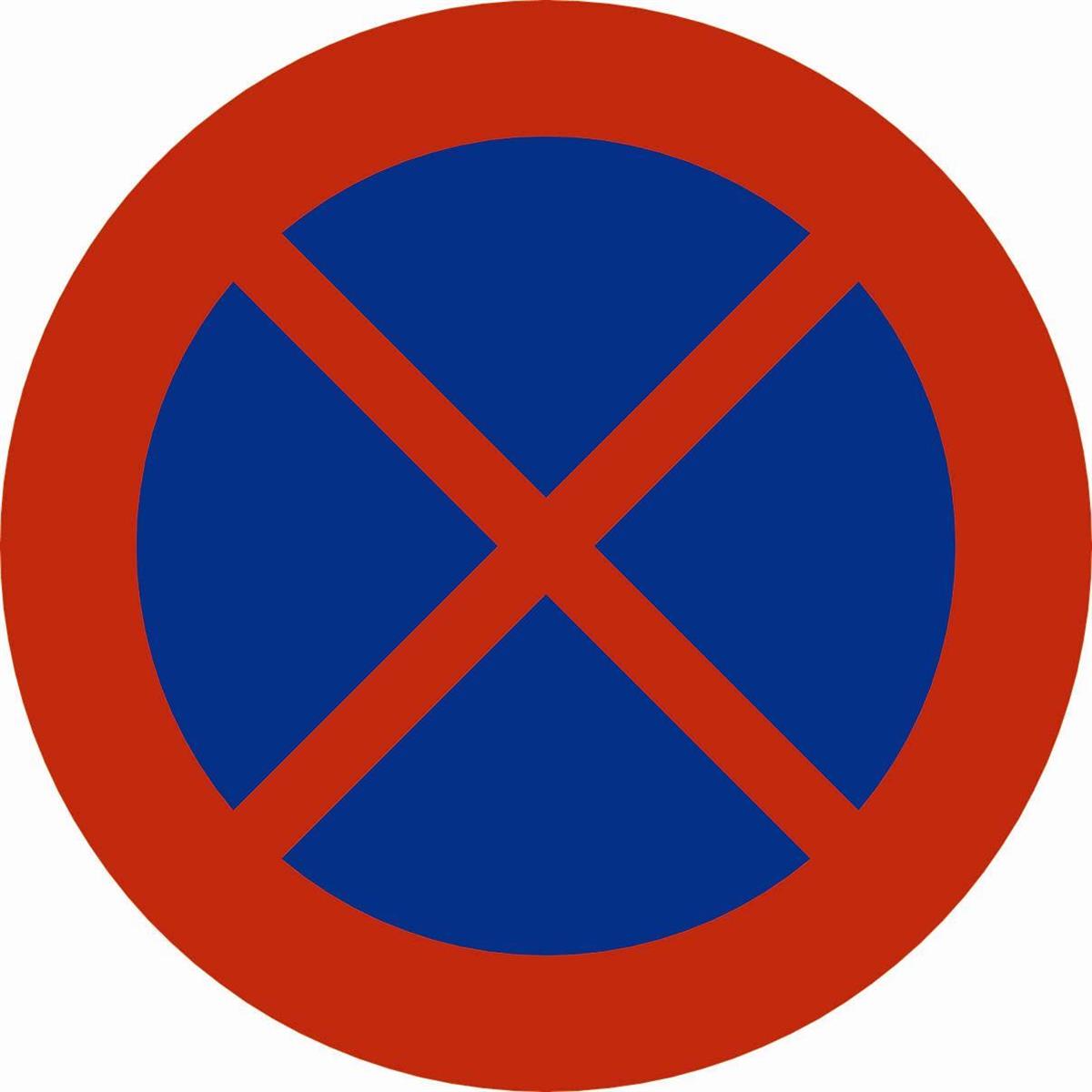
On roads marked with a "No stopping" sign, stopping is completely prohibited. These signs are placed in areas considered particularly dangerous. Vehicles found in violation may be towed immediately.
Intersections, sidewalks og crossings
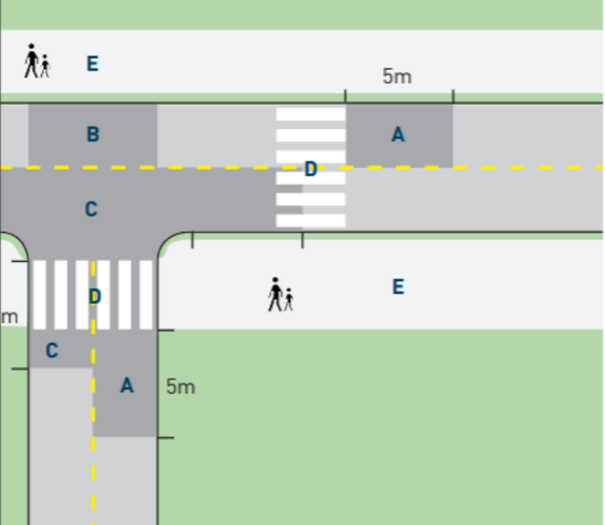
A. Pedestrian crossing: Parking is prohibited within 5 meters before a crossing.
B. T-junction: Parking is not allowed.
C. Intersections: Parking is not allowed within 5 meters of any intersection, measured from where the curve begins.
D. On a pedestrian crossing: Parking is prohibited.
E. Sidewalks: Parking is not allowed on sidewalks.
Bus stops
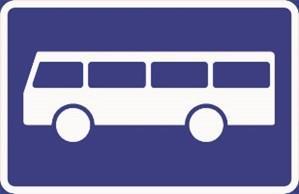
Parking is not allowed at or within 20 meters of a bus stop sign in either direction. Short stops for drop-off/pick-up are allowed only if they do not obstruct buses, taxis, or trams.
Pedestrian or Bicycle paths
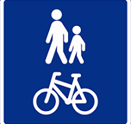
Stopping or parking — even partially — on sidewalks, pedestrian paths, or bicycle lanes is prohibited.
Priority roads
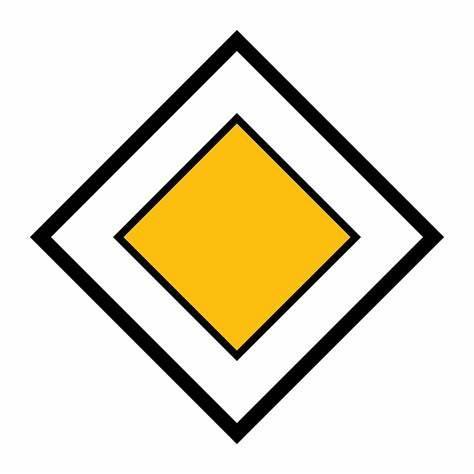
Parking is not allowed on roads with speed limits over 50 km/h. On roads with limits 50 km/h or below, parking is generally permitted unless otherwise posted.
Any vehicle parked in a way that obstructs or endangers traffic will be towed.
Driveways and entrances
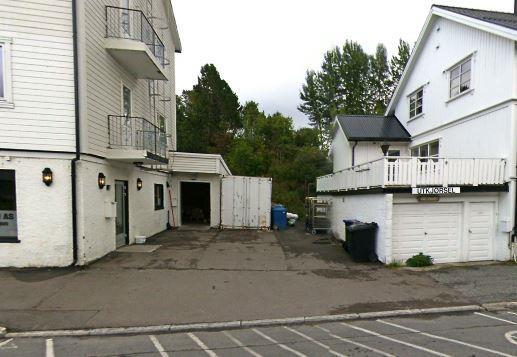
Parking in front of driveways, entrances, or garages with access to public roads is prohibited.
Obstructing traffic here may lead to towing
Hilltops and curves
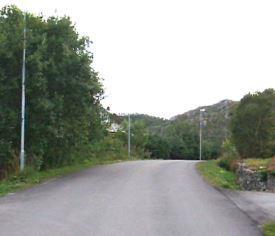
In areas with limited visibility — such as hilltops, curves, or overtaking lanes — stopping and parking are strictly prohibited.
Vehicles left in such areas will be towed.
